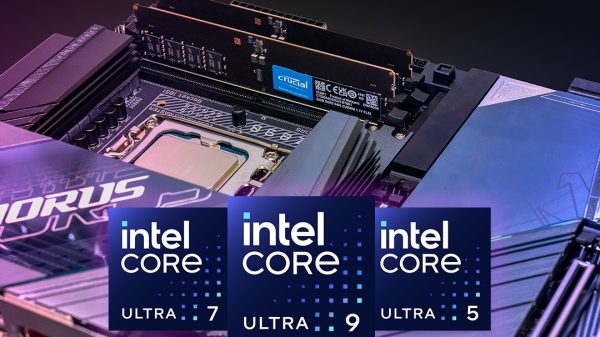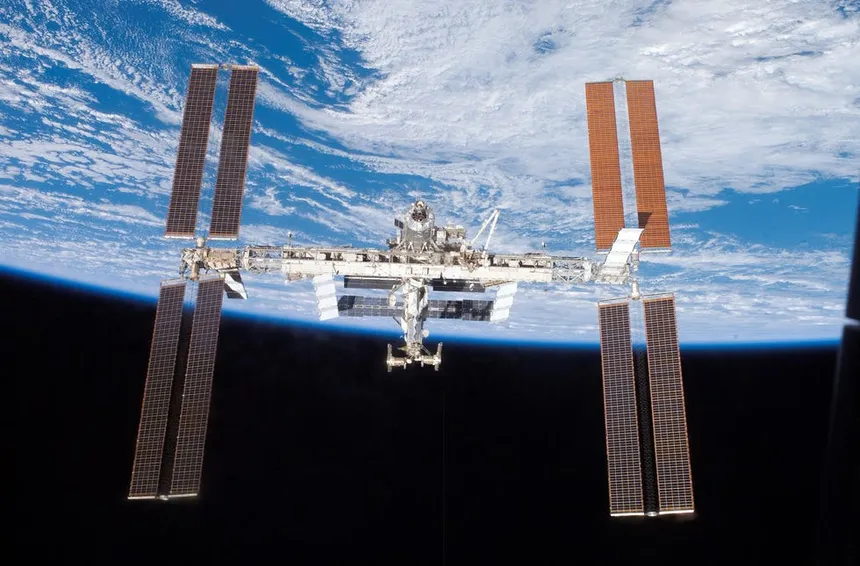As the International Space Station (ISS) marks its 25th year of operations, it’s an impressive feat of modern engineering and a notable example of what can be achieved by cross-border cooperation. The ISS has been continuously inhabited by astronauts since November 2000, and over the years, it has undergone significant expansion, growth, and development. The facility is now larger than a six-bedroom house, measuring 357 feet (108 meters) from end-to-end, and includes six sleeping quarters, three bathrooms, a gym, and numerous research facilities.
The ISS was launched with its first two elements, Unity and Zarya, attached by crew members of Space Shuttle Endeavour’s STS-88 mission on December 6, 1998. The first long-duration stay by astronauts didn’t begin until November 2000, when astronauts started living and working on the space station. Since then, the ISS has been visited by 273 people from 21 countries, many staying for six months in microgravity conditions before returning to Earth.
The ISS has also been the site of significant scientific research and technological development, with over 3,300 research and educational investigations conducted from 108 countries and areas. Many of these research and technology investigations have benefited people on Earth, and many have laid the groundwork for future commercial destinations in low Earth orbit and exploration farther into the solar system.

The International Space Station Celebrates 25 Years of Successfully Blending Engineering and Cooperation
Throughout its quarter of a century in orbit, the ISS has continued to evolve and expand, with the addition of new modules and equipment. The station’s Canadarm2 robotic arm, known as Special Purpose Dexterous Manipulator (SPDM) or Dextre, has been used to perform a variety of tasks, from conducting scientific experiments to performing maintenance and repair tasks.
The ISS has also been the site of several notable events and milestones, including the launch of the Bigelow Expandable Activity Module (BEAM) in 2016, which allowed the station to test the benefits of expandable space habitats. The station’s Cupola module, which provides panoramic views of Earth, has been used for a variety of tasks, including observing the planet and conducting scientific research.
As the ISS continues to operate, it remains an important symbol of international cooperation and a testament to the incredible achievements that can be accomplished when nations work together towards a common goal. The station’s continued operation and expansion will likely play a significant role in advancing our understanding of space and the universe, and will help pave the way for future human exploration and settlement of space.








































